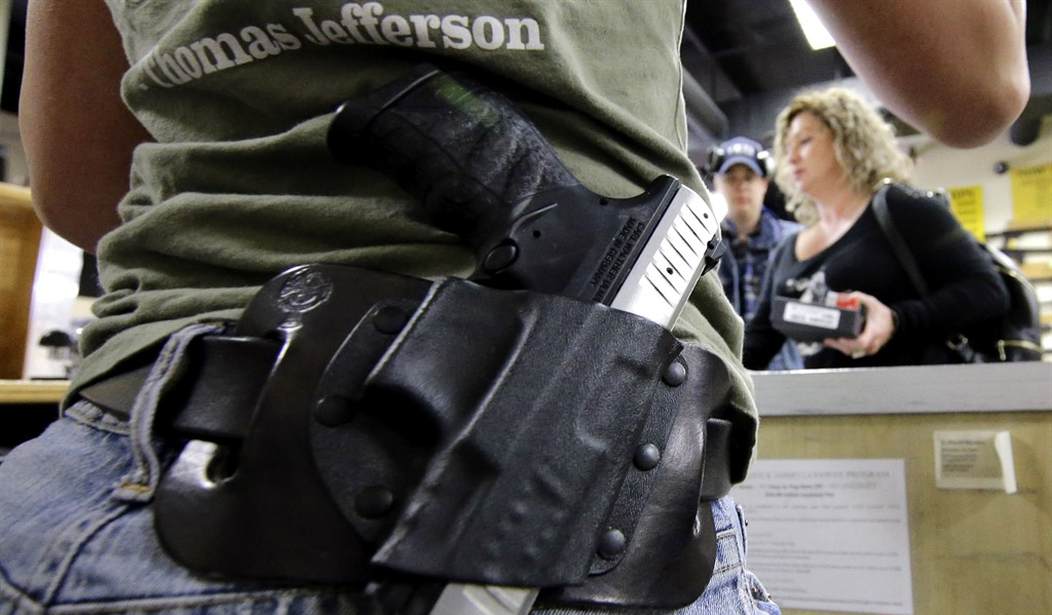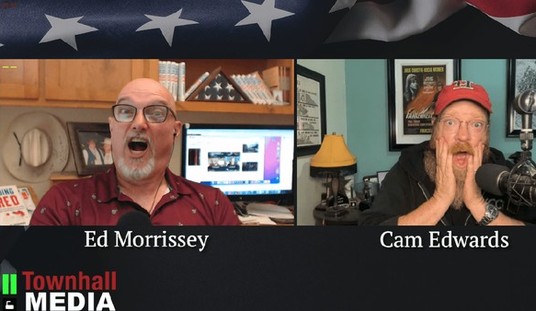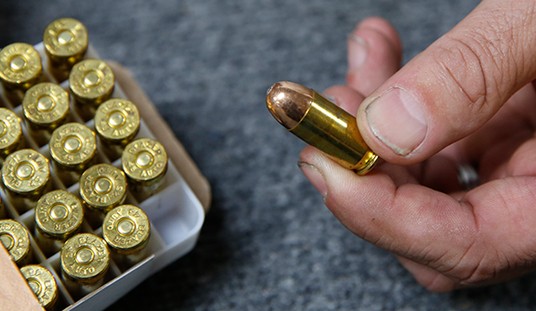Guns end up in the hands of criminals via a number of methods. Many are stolen from law-abiding citizens, and then a large number of those are sold on the streets. Others are obtained via illegal straw purchases.
The ATF acknowledges that only a tiny fraction of one percent of the gun stores out there are complicit in illegal gun trades, but the anti-gun jihadists out there can't really accept that.
They want to vilify gun stores with even the most tenuous relationship to a high-profile crime. To do that, they need to know the name of the store in question, and they can't get it.
And that drives some people nuts.
Nearly three years have passed since the 2021 murder of Chicago police officer Ella French, and police and prosecutors have revealed much about her killing: the grim details of her final moments, the type of gun used to shoot her during a traffic stop and how that .22-caliber Glock made its way into the hands of the man who pulled the trigger.
But absent from the public discussion was the name of the retail shop where the gun used to kill French was purchased. Its disclosure has been hindered by a long-standing push by the gun industry to protect the identities of retailers that have sold guns used in crimes.
The law enforcement agencies that investigated her murder and prosecuted her killer could not or would not say. Those that tracked and prosecuted the man who bought the gun used to kill her have been just as silent.
...
Two decades ago, federal and local law enforcement routinely identified the source of guns used in crimes to members of the media or anyone else who inquired.
That changed in 2003 when Congress, bowing to pressure from the gun industry, approved legislation known as the Tiahrt amendment, named after a former Rep. Todd Tiahrt, R-Kan., a gun rights champion. The amendment bars police and the federal Bureau of Alcohol, Tobacco, Firearms and Explosives from disclosing any information they uncover during gun-tracing investigations, including the names of retailers.
The move hobbled efforts by cities to study gun-trafficking patterns and ended what the gun industry has called a pattern of “name and shame,” in which retailers were thrust into the spotlight for selling guns later linked to crimes.
Gun safety advocates and researchers argue that Tiarht created a knowledge gap on a pressing public safety issue and allowed retailers to escape scrutiny. Such information, they say, can help the public determine whether the transactions that put guns in the hands of criminals are a rarity or part of a larger pattern.
Except this particular piece names and shames the gun store that sold the firearm used to kill French. It engages in the very practice it's trying to suggest that the gun industry was making up or something to prevent local governments from studying the problem.
See, the issue is that there's no evidence of wrongdoing. If there is, then the person who broke the law should be punished. The issue is that a straw buy isn't exactly rocket science.
Sure, some people are stupid about it, and gun dealers routinely refuse to sell guns to people who somehow signal they're part of a straw buy. Yet it doesn't take much to get around that.
In fact, the straw buyer in this case bought the gun, went through the background check as required, and then handed the gun over to the killer. In other words, per this very article, the store seems to have done everything right.
So my question is why is it so important to know the name of this particular gun store?
The answer is that they do want to name and shame them. They want to vilify the stores in question, generate negative press for the store and its owner or owners, and hopefully get them shut down despite having done nothing wrong.
There's no effort to track patterns. Even if there were, finding where a gun was originally purchased is only useful, at best, in a handful of cases. This particular piece focuses on a killing that involved a straw purchase but ignores the countless others in Chicago that involve stolen guns. Where does that pattern tracking matter there?
No, this is about knowing who to attack and nothing else.









Join the conversation as a VIP Member